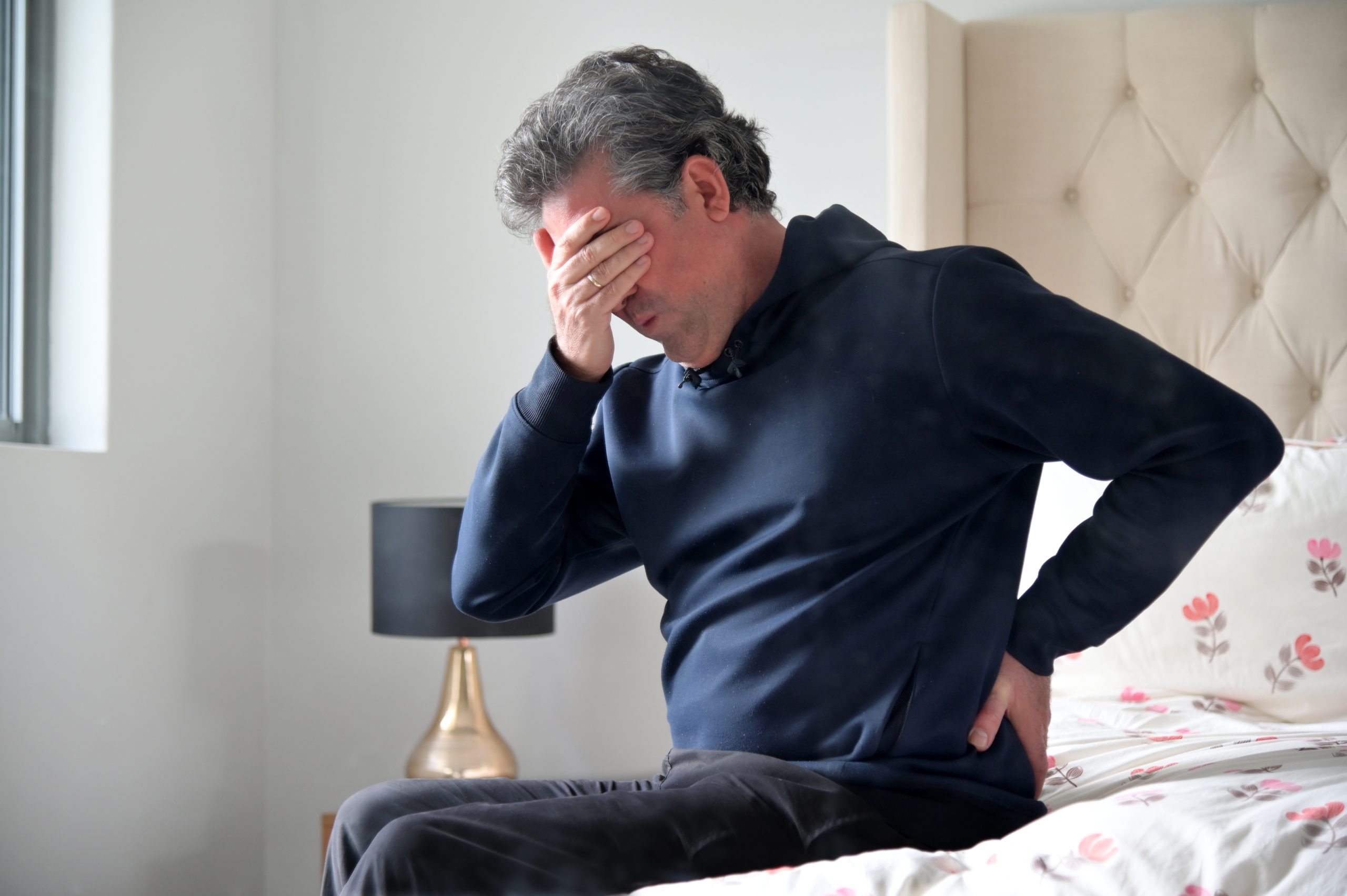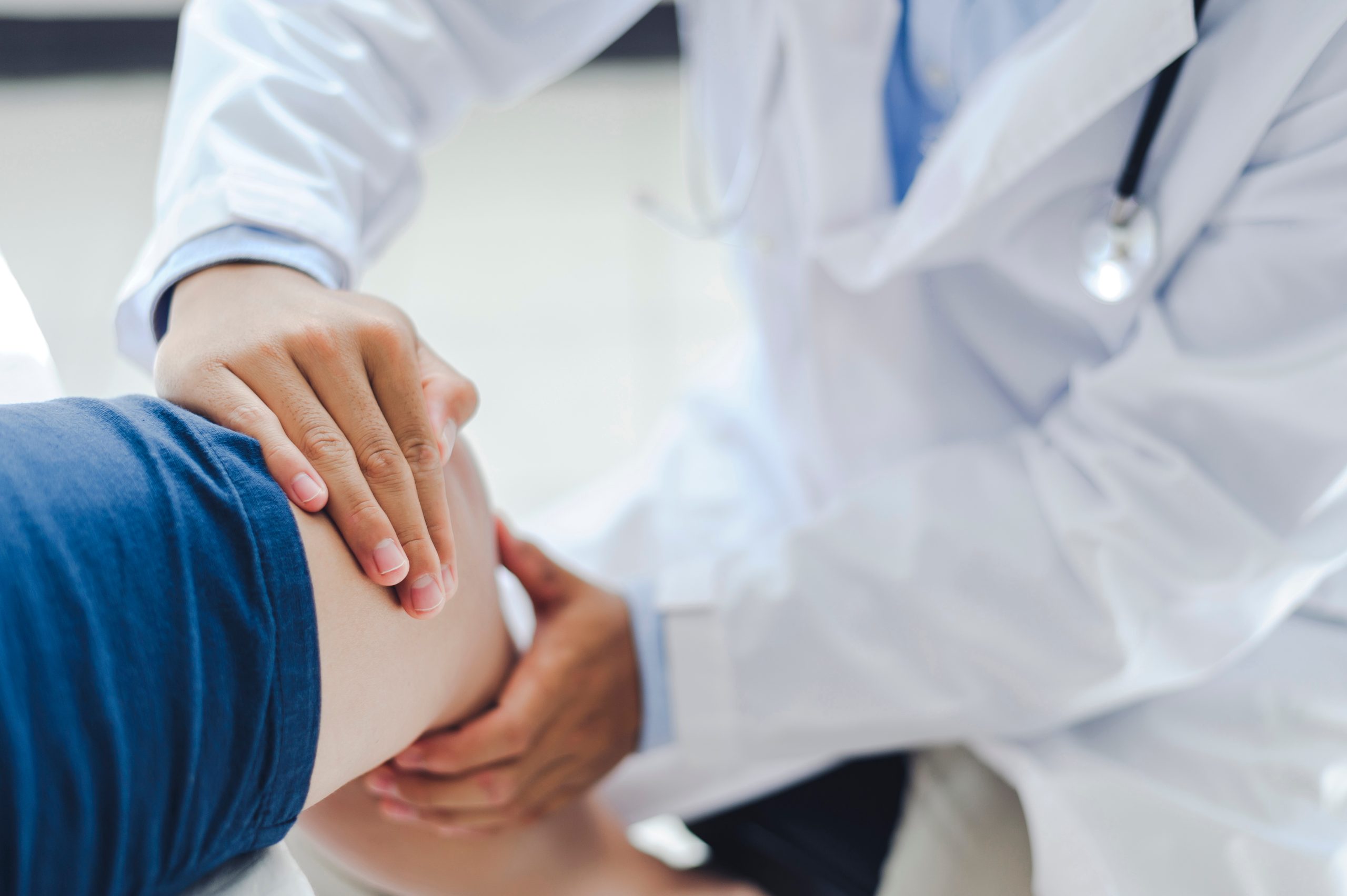

Meniscus Regeneration
Book a Detailed Treatment Call
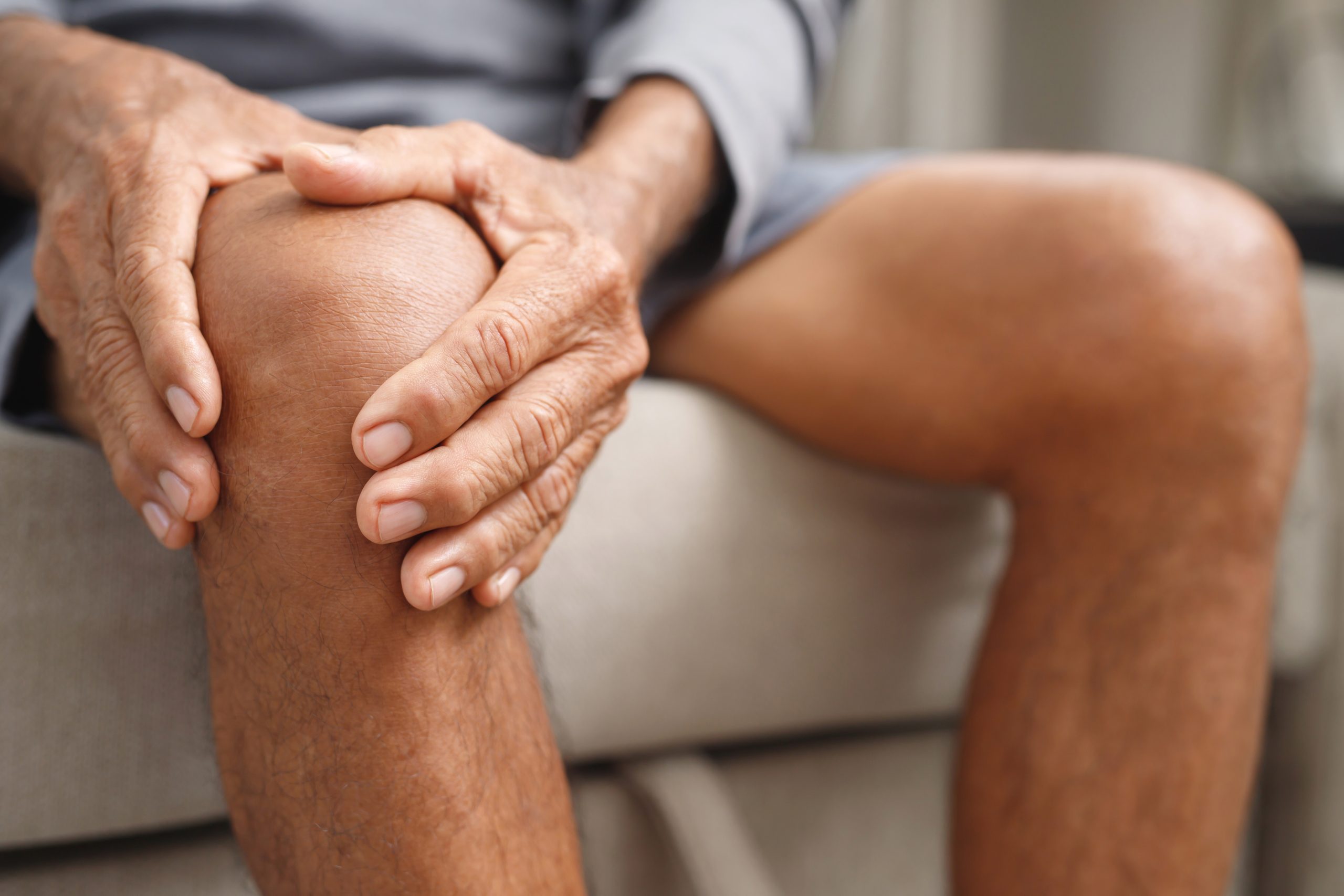

Understanding Meniscus Injuries and Regeneration
The meniscus, a key component of the knee, acts as a shock absorber, and its injury can severely affect knee function. Regenerative treatments aim to repair and reconstruct the damaged meniscal tissue, offering an alternative to traditional surgical methods.
Innovative Regenerative Treatments
We offer various cutting-edge regenerative nonsurgical and surgical treatments, including:
- Micro-fragmented Fat Injections (MFAT): A minimally invasive treatment using adipose cells to treat pain and inflammation.
- Bone Marrow Aspirates Concentrate (BMAC): Utilises mesenchymal stem cells from bone marrow to regenerate and reconstruct musculoskeletal tissues.
- Platelet-Rich Plasma (PRP) Therapy: Leverages blood’s natural healing properties to repair damaged cartilage and other knee tissues.
- Scaffold Regeneration with PRF: utilising Platelet-Rich Fibrin to create a scaffold for growth factors to allow the meniscus to heal.
Symptoms and Diagnosis of Meniscus Injuries
Common symptoms include pain, swelling, and stiffness. Diagnosis involves physical exams, MRI scans, and possibly arthroscopy. X-ray cannot diagnose meniscus injuries.
Non-Surgical and Surgical Options
Non-surgical treatments may involve medications, injection and Bracing. In cases where these are ineffective, surgical repair and regeneration may be necessary.
The Future of Meniscus Regeneration
Current research is focused on developing new therapeutic options for regenerating injured meniscal tissue, aiming to improve the long-term outcomes of meniscus injury treatments.
Why Choose London Cartilage Clinic?
Our clinic specialises in advanced regenerative medicine, offering personalised treatments with a focus on minimally invasive techniques and patient-centred care.
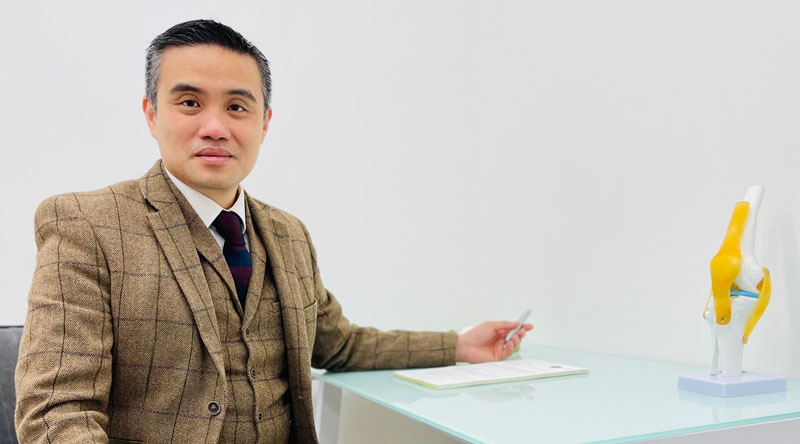

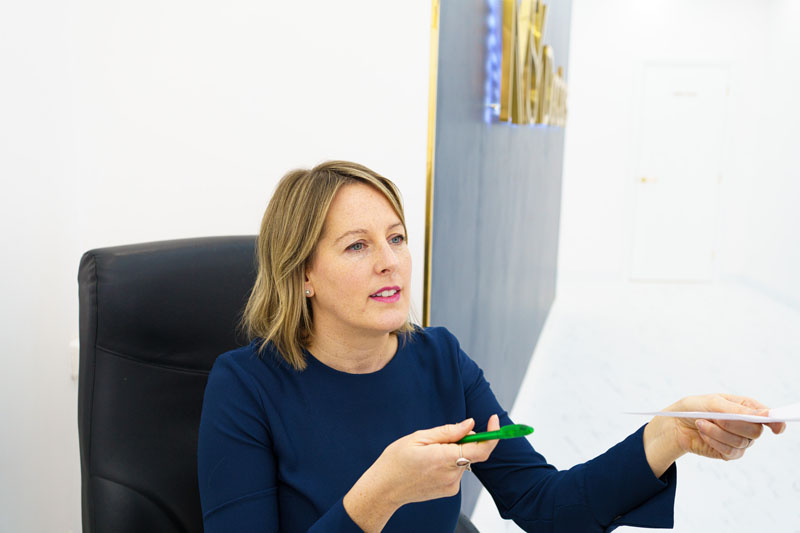

Frequently Asked Questions
Meniscus regeneration involves using regenerative medicine techniques to heal and reconstruct damaged meniscal tissue.
Treatments include MFAT, BMAC, and PRP therapy, among others.
Diagnosis may involve physical exams, imaging tests like X-rays and MRI, and arthroscopy.
Yes, including medications, physiotherapy, and lifestyle changes.
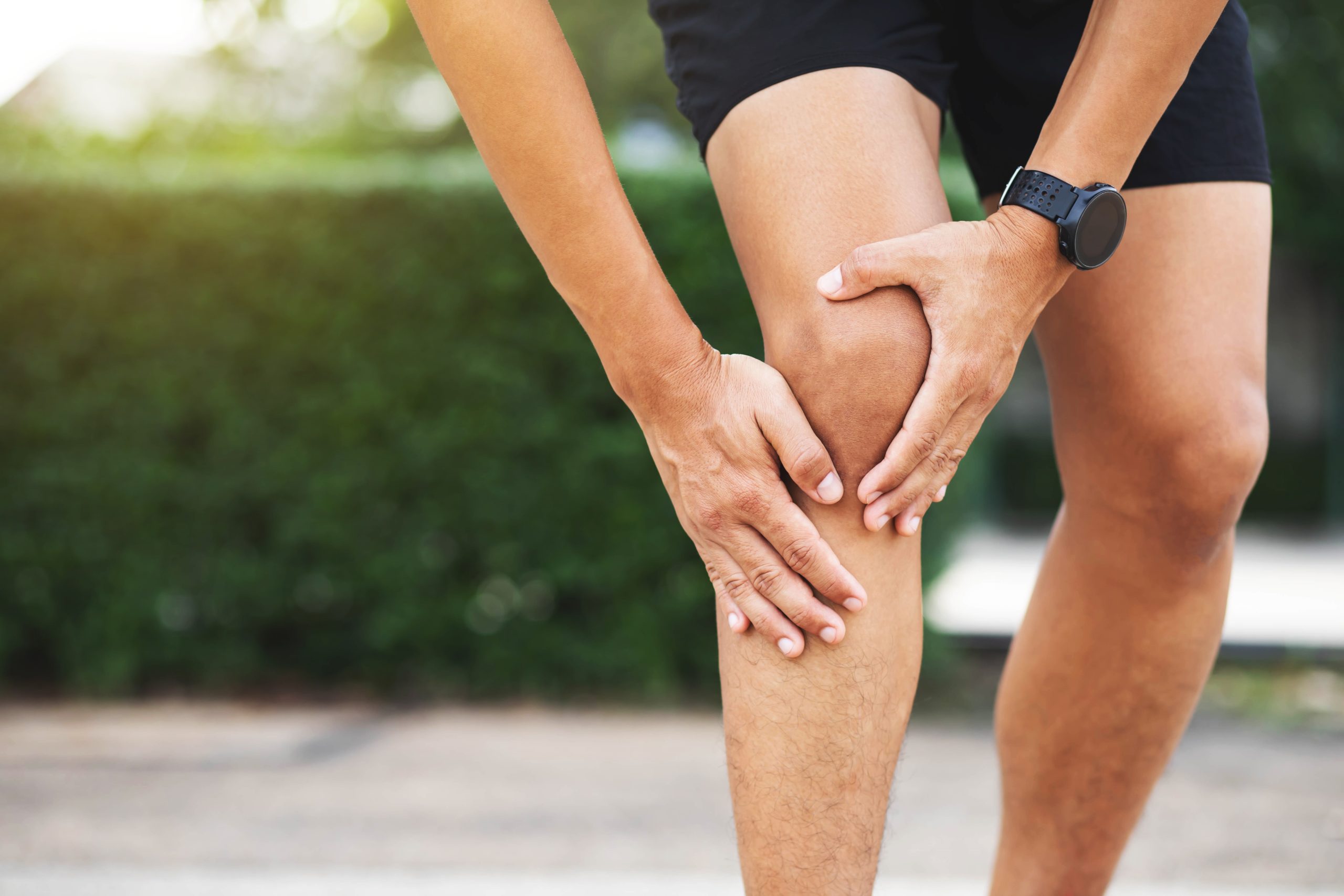 Cartilage
Cartilage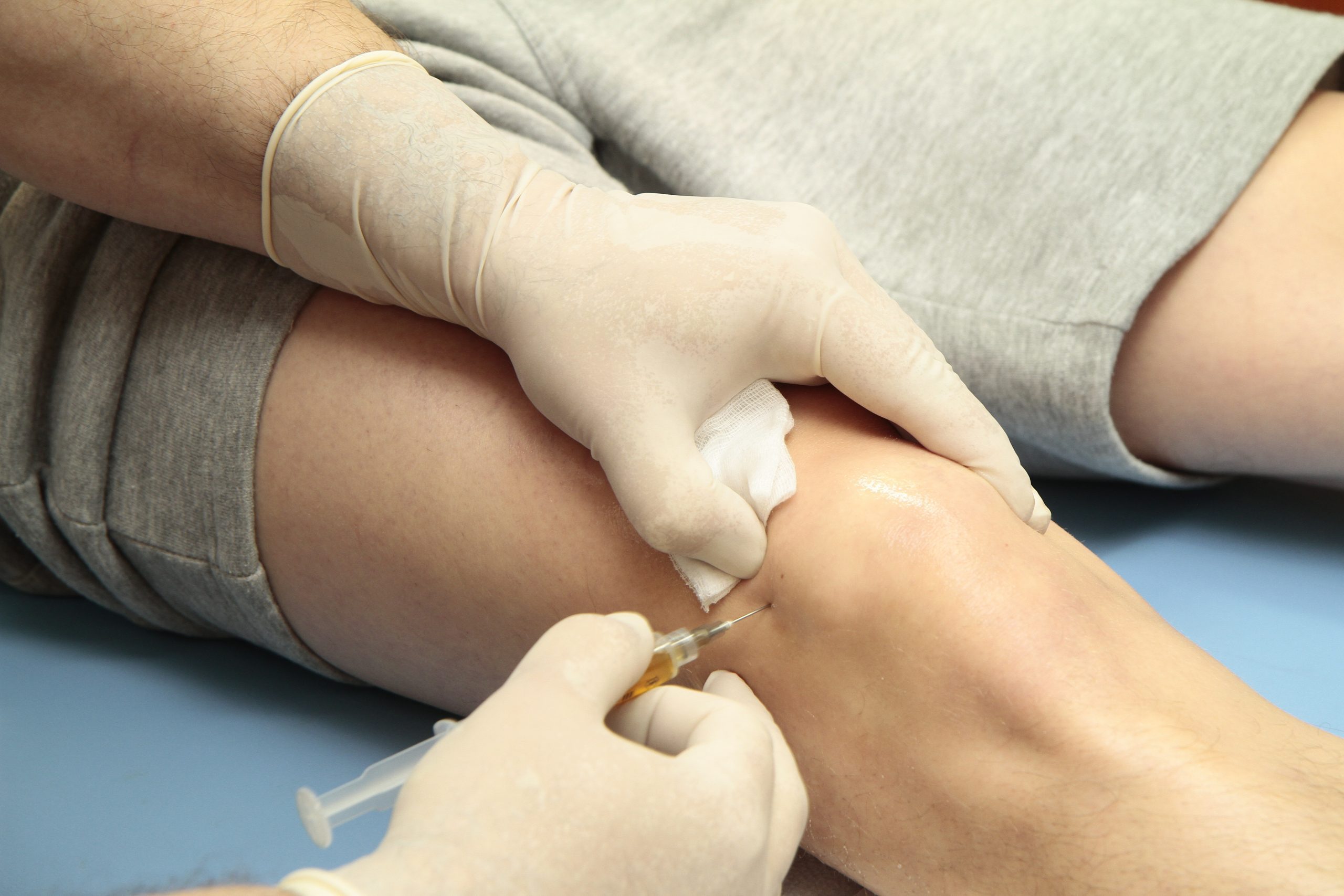 Knees
Knees